Crystal grape variety, description, why it is attractive, how to plant, water, organize wintering

You can often find so-called technical grape varieties in your garden plot.
In fact, they are distinguished by a high sugar content in the berries and have a rather refined taste and aroma, which makes them quite suitable not only for making wine, but also for eating fresh.
And the decisive point when choosing a variety for planting is the frost resistance of the plant. It is for these reasons that the technical grape variety Crystal is so popular among amateur gardeners.
Content:
- Crystal grape variety: description and photo
- Attractive points and disadvantages of the variety
- Where to buy seedlings of the Crystal variety and how to plant them correctly
- Rules of care: organize watering
- Organization of wintering
- Pests and diseases
- Weeding
- An important procedure - pruning
Crystal grape variety: description and photo
The variety was developed by Hungarian breeders. It is technical, the ideal ratio of sugars and acid contained in the berries makes it an excellent raw material for winemaking. If we talk about the taste of fresh berries, they are practically in no way inferior to table varieties.
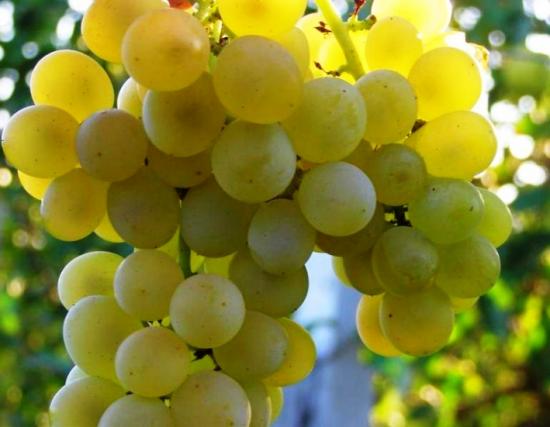
In appearance, Crystal's clusters can hardly be considered presentable; its berries are not particularly large. It is not demanding in terms of care and is resistant to frost.
Recommended for cultivation in the North Caucasus, but in practice it has been proven that an excellent harvest can be obtained in more severe conditions. weather conditions of the Central region and even the Urals. True, in the conditions of the Urals, the vine needs to be carefully covered for the winter.
Crystal berries are small, the weight barely reaches 2 g, and the diameter is 7 mm. The shape of the berry is spherical. By autumn, the pale green berry is covered with a bluish waxy coating. The fruits are not prone to cracking, since the peel is quite strong. Berries that are exposed to direct sunlight may acquire a golden-pink hue by autumn.
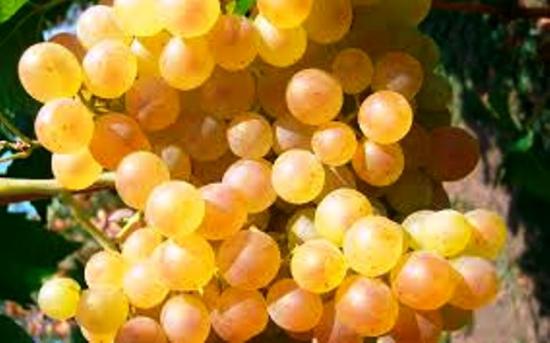
The berries are collected in small clusters, usually their weight is from 150 to 200 g. The berries in the clusters are not densely placed.
According to the ripening period of the berries, Crystal is classified as early; the period of ripeness begins in August. But to make wine, it is recommended not to rush into harvesting; if the berries remain on the vine a little longer, they will become sweeter.
But you shouldn’t delay the process too much, as the berries begin to dry out. Harvesting begins with the lower bunches.
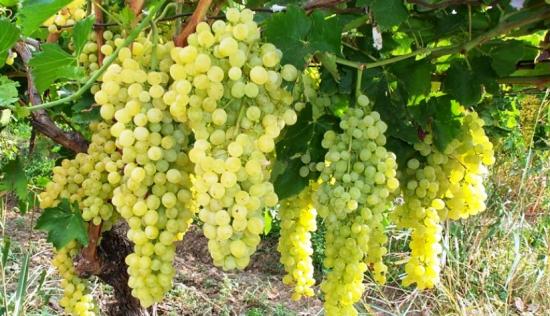
The leaves on the vine have a rich dark color; a feature of the variety is the fact that on one bush you can find leaves of different shapes, both whole and heavily dissected.
More detailed information about the Crystal grape variety is in the video:
Attractive points and disadvantages of the variety
First let's note the advantages:
- low maintenance requirements;
- the ability to harvest crops under less than ideal weather conditions;
- good survival rate of seedlings;
- high growth rate;
- not prone to powdery mildew, either downy or real;
- immunity to gray rot;
- resistance to cold, ability to withstand frosts down to - 25 C;
- high yield, up to 6 kg of berries per square meter.m., and this is not the limit;
- berries are not prone to cracking and falling off.
The variety also serves as a pollinator for other grape varieties.
The sugar content in the berries is 18_20%, the juice yield is about 70%.
The berries can be used for fresh consumption, making juice and wine, for jam and compote, and for drying.
The disadvantages usually mentioned are:
- unpresentable appearance of the bunches;
- small berries;
- unsuitable for long-term transportation.
Where to buy seedlings of the Crystal variety and how to plant them correctly
It is best to purchase seedlings in gardening stores or nurseries, otherwise there is a risk of getting other varieties. You should choose a nursery in the area where you live, or located further north; such seedlings are more adapted to the weather conditions of this region.
When choosing plants, pay attention to the condition of the roots; if possible, it is better to give preference to seedlings with a closed root system.
The planting site should be well lit, but protected from northern winds.
The distance to the nearest fruit trees should be at least 5 m.
It is forbidden plant bushes in the lowlands, where meltwater collects in spring and rainwater in summer. Areas with very shallow groundwater are also undesirable.
The diameter of the planting hole should be about 80 cm, and its depth should be the same. A drainage layer must be laid at the bottom of the pit.
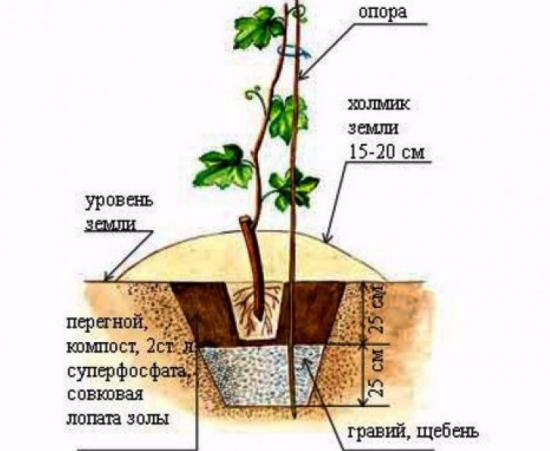
Before planting, layers of turf soil and black soil are created in the hole. humus with the addition of potassium sulfate and superphosphate.
You can plant seedlings when the soil has warmed up well; according to popular wisdom, the best time for planting is when the bird cherry blossoms.
If the grapes will be used for fresh consumption, then the bushes should be planted at a distance of one and a half meters from each other; if the berries are used to make wine, then the distance can be reduced to 70-80 cm.
The distance between the rads should be from 2 to 2.5 m.
Proper marking of the site will protect plants from fungal diseases and pest invasions.
Grapes are grown on a trellis; its height should reach one and a half meters.
We will learn about planting grapes in more detail when watching the video:
Rules of care: organize watering
Grapes require watering mainly in the first two years of life. The volume of water should be 3-4 buckets per bush, the frequency of watering, if the summer is dry - every 10 days.
Adult bushes are watered a maximum of 4 times per season, adding approximately 3 buckets of water under the bush.
In the fall, water-recharging watering is done, and 7-8 buckets of water are added under the bushes. But such watering should be abandoned in case of cool rainy weather.
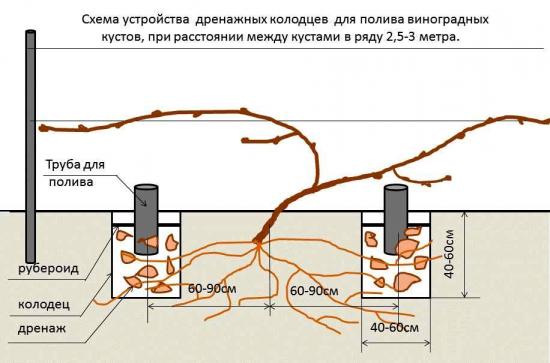
Watering is often carried out through a system of buried pipes; in fact, such irrigation is more effective because supply water to the roots, and do not create dampness under the bushes. It is not allowed to irrigate grapes by sprinkling.
The second effective irrigation option is drip irrigation.
The grapes need fertilizing; to apply them to the tree trunk, use:
- dry ammonium nitrate;
- ammonium sulfate;
- urea;
- once every two years - humus;
- wood ash.
The best option is to add complex compounds specially designed for grapes: Kemira, Plantafol, Mortar.
Organization of wintering
Since Crystal grapes are frost-resistant, in areas with moderately cold winters it will be enough to cover the roots of the plants to be on the safe side. To do this, remove fallen leaves and twigs from the tree trunk circle and add a layer of mulch, the thickness of which should be at least 10 cm.
Bulk humus or peat chips can be used as mulch. Directly near the trunk the layer is thickened to 25 cm.
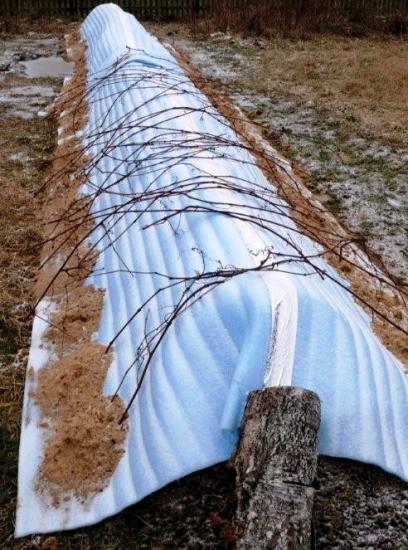
Plants up to three years of age are completely covered. You can use cardboard boxes. Rotted straw or sawdust and paper are used as insulation material.
If you have burlap, you can build something like a hut and cover the frame with it in several layers. You can also use spruce branches. The shoots are removed from the trellises, laid on the ground and covered with a thick layer of spruce branches.
You can remove the shelter if the air temperature rises to + 5 C. If there is a threat of night frosts, it is better to make ventilation holes in the shelter.
Pests and diseases
We have already recalled that the Crystal variety has innate immunity to fungal infections. But prevention won't hurt in any case.
Preventive treatments are carried out twice a season:
- a week before flowering begins;
- after complete harvesting of ripened fruits.
For treatment, use a fungicide solution, prepare it in accordance with the instructions.
For spraying you can use:
- Horus or Topaz;
- Abiga Peak or Skor;
- copper sulfate or Bordeaux mixture.
To prevent pest attacks at the very beginning of the growing season, before buds open, the bushes are treated with Nitrafen solution.
Treatment with infusion of wood ash or colloidal sulfur is also practiced.
To protect against birds, scarecrows, mirrors, shiny tapes, and noise repellers are used.
Weeding
Loosening the soil in the tree trunk circle should be done after watering and rain, but at least 7-8 times during the summer. In order not to waste extra time, you can use mulching around the tree trunk.
An important procedure - pruning
The grape yield depends on how correctly the bushes are pruned. If the green mass grows excessively, the berries become smaller and their taste deteriorates. Experts say that the permissible load on an adult bush is 60-65 eyes.
Pruning is done with a very sharp tool, first of all, broken and dried branches are removed. Since wounds inflicted in spring heal poorly, only what harms the plant is removed.
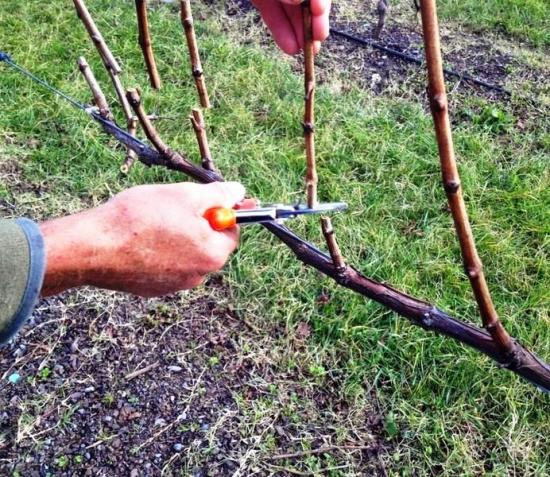
The spring period is associated with the active formation of shoots; they need to be broken off when they reach a length of 2-3 cm. The second pinching is done when the shoots reach a length of 15 cm. Shoots 50-65 cm long are tied to a trellis, the wire should be wrapped in a rag or washbasin.
To properly form a grape bush requires knowledge, skill and practice. In the summer, you will need to systematically remove stepchildren and poorly placed shoots; in an adult plant, you need to pinch the top.
The best time for the main pruning is autumn, the period when all the leaves have fallen, but before the first frost. First of all, the porosity on the lower part of the trunk is removed; the tops of the shoots formed in summer are cut off, shortening them by about 10%.
For work, use a very sharp and disinfected tool. It could be a pruning shears.
Growing Crystal grapes will be a feasible task even for novice gardeners. Of course. To get a harvest you will need to follow the recommendations for caring for the plant.

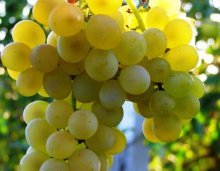
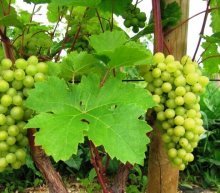


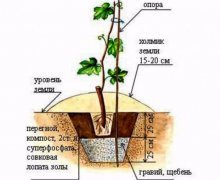
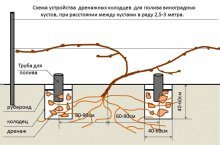
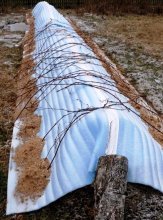
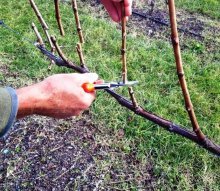
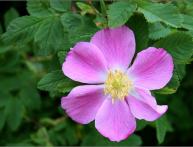
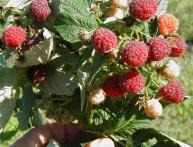
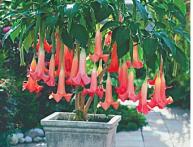
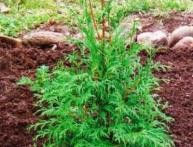

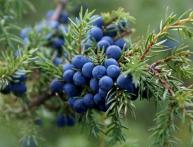
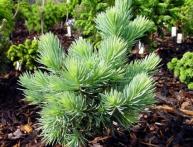
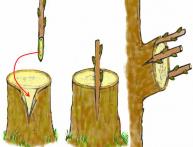
Comments
I wonder if these grapes sting your lips when you eat them or not? There are simply some varieties of grapes that not only leave a pleasant taste, but also really sting your lips.